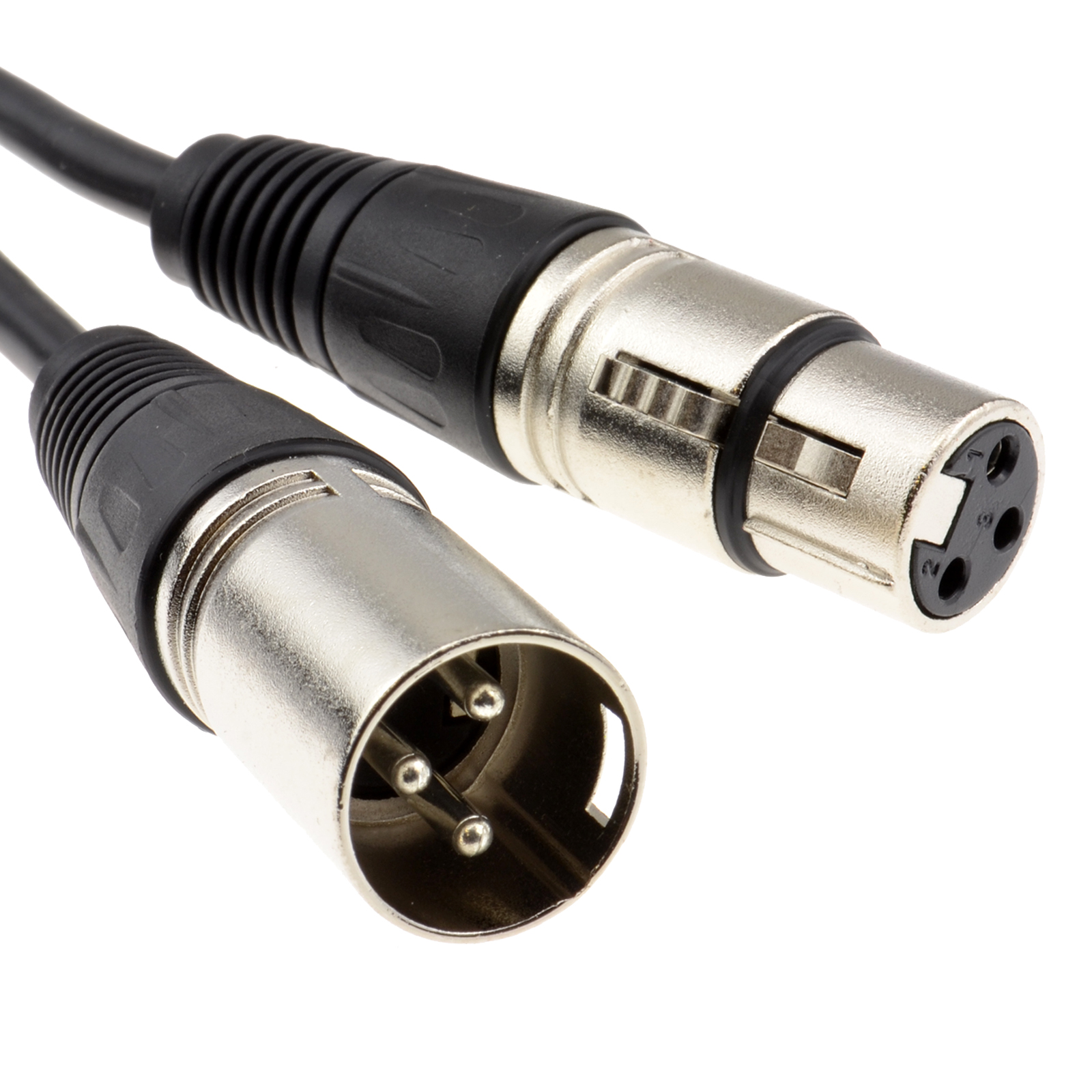

It’s a huge challenge to match capacitance between a single conductor coaxial cable, and a multi-conductor twisted cable. Remember I wanted to make inductance and capacitance reactive variables exactly the same for each cable, RCA and XLR, with exactly the same wire size and draw science? This CAD drawing is what we have inside our XLR design so far, showing just two wires instead four. All quality types of copper can be used in the XLR design it is the overall cable structure that is the most “magic”, not so much the copper itself, although the copper draw process does influence the sound. The control tolerance of the copper is 0.0005”, so attenuation issues are mitigated and CUB (Capacitance UnBalance) tests insure we see military-standard quality in the finished cable. Believe it or not, this gets done really well with good quality products. The difference amplifiers need to be nulled perfectly between gain halves. Also, every wire has to have the same attenuation. Ideally, the noise is absent at the difference amplifier’s output, and in order to do this, every wire has to be presented to the noise in the exact same way via cable twist, has to be the same length so the signal stays time-aligned down the wire. The signals are fed into a difference amplifier that, you guessed it, looks at the “difference” between the two voltages and sees 4 volts with, or without, the noise. No more, no less, and thus the signal voltages are still exactly 4 volts “apart” from each other: +2 to -2 with no noise, and +3 to -1 volts with 1 volt of noise. Here is where balance is so important the signal ideally becomes the superposition of all the voltages, or +3 volts and -1 volt. The twist ratio helps make sure that the wires see the noise for the same amount of time, and this is vital to the function of the circuit. The noise of +1 V in this example can’t “change its spots” relative to the cable’s twisted pairs, and shows up as the same voltage on each wire. The signal is encoded as +2 volts and -2 volts. In the example above we show only two wires, but the concept is the same for a star quad design. Some call this differential mode, since each signal is equal but different in polarity. Two wires of a star quad are a “positive” voltage, and two wires are a “negative” voltage (180 degrees out of phase), hence the term “balanced”. Star quads have a higher degree of CMRR (Common Mode Rejection Ratio) when properly signal balanced. I could have used a cheaper and easier two-wire XLR design but the inductive and signal coherence benefits of a star quad are too good to pass up, as we’ll see later. Two 25 AWG wires have the direct current resistance of a single 22 AWG, yet have way better signal coherence. This design uses two cross-connected wires for each polarity, which doubles-up the wire gauge for lower signal attenuation.

A good RCA cable is designed first, and that used as a base for the XLR design.įor our XLR cable, we will use four wires in a star quad configuration. This is assuming you want to match the RCA and XLR properties and maintain the same signal quality, and we certainly do.
#Xlr cable how to
But if we are to use the same wire between an RCA and XLR design, how to we work around the completely different geometry of each cable? Though an XLR cable will mirror the reactive variables of inductance and capacitance, we don’t want to change the current coherence with a differing conductor diameter from the RCA design. It may be worth repeating from the RCA article that distortions can’t be totally eliminated, so every cable is a compromise of some sort.īoth the copper conductor and size considerations were answered when we started the RCA cable.

Here, I lead you through the process that went into designing the Belden ICONOCLAST, but these are basic variables that every cable designer must work with. In the previous article in this series, we discussed the design of an RCA interconnect, and how it’s important to have a good coaxial cable design in place before designing an XLR cable.


 0 kommentar(er)
0 kommentar(er)
